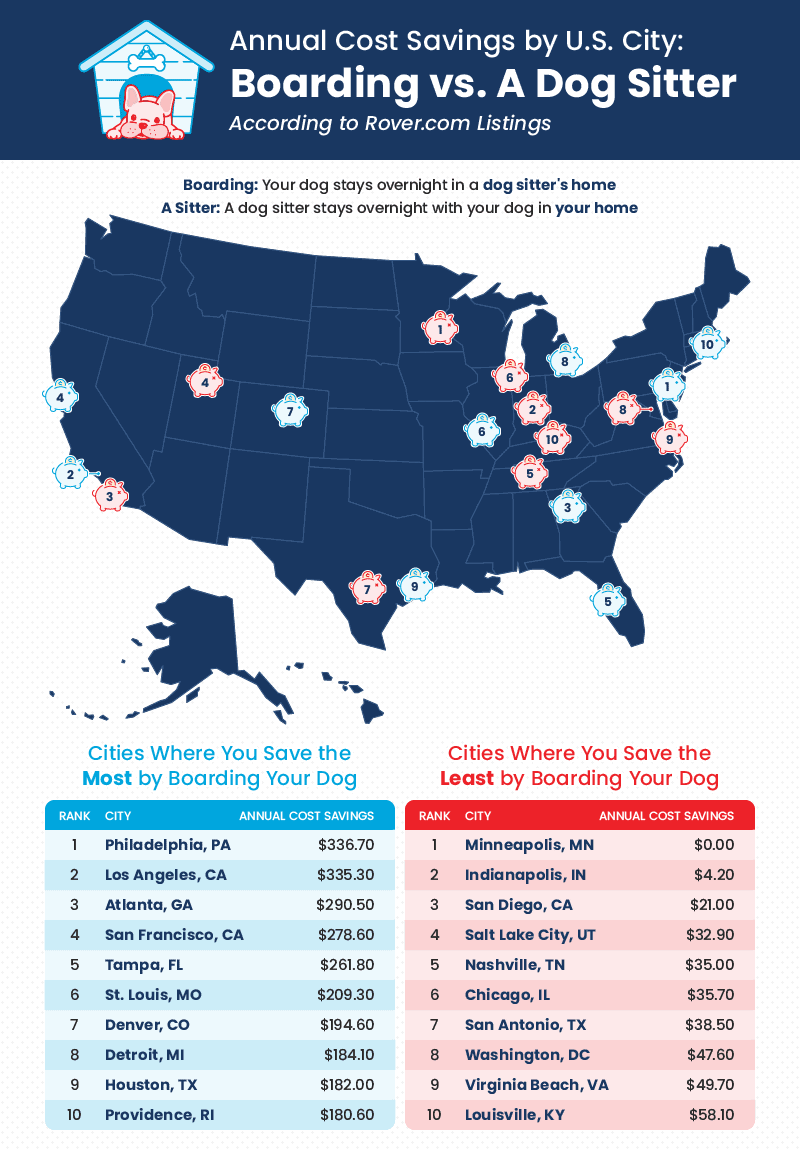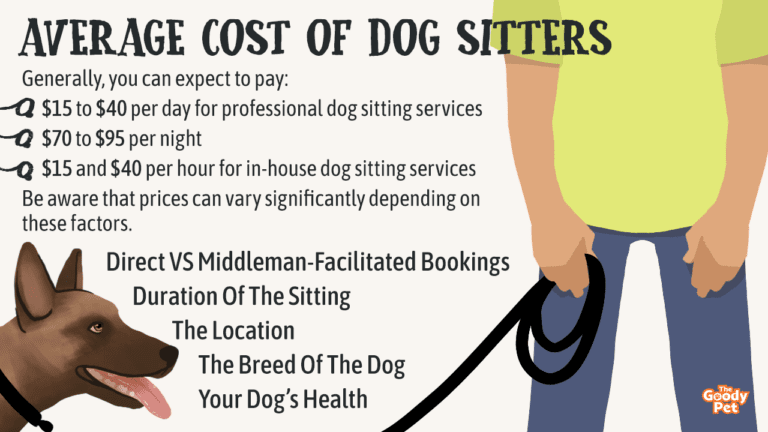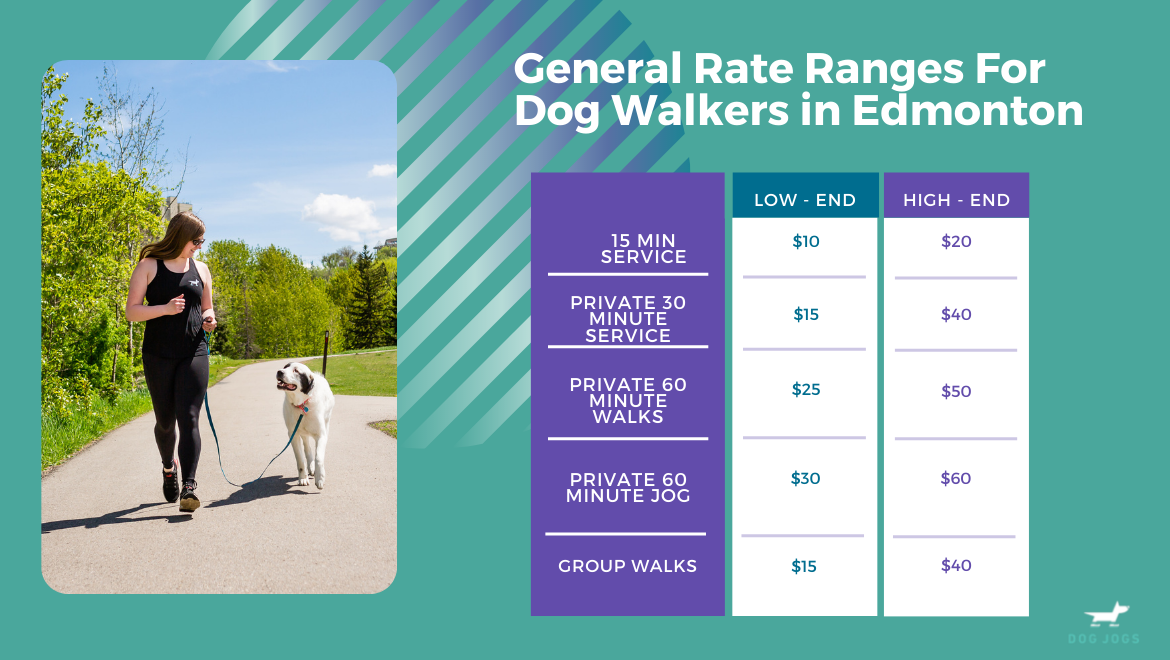How Much Do Dog Sitters Make

Dog owners are scrambling to find reliable care, but how much are dog sitters actually earning? The answer is surprisingly varied, impacted by location, experience, and services offered.
This report breaks down the dog sitting income landscape, revealing the factors that determine earning potential and what pet owners and aspiring sitters need to know to navigate this booming market. Understanding the economics of dog sitting is now critical for both those providing and seeking these crucial services.
National Averages and Key Influencers
The national average hourly rate for dog sitters falls between $20 and $40, according to recent data from sites like Rover and Care.com. However, this figure is a broad generalization. Actual earnings depend heavily on specific circumstances.
Location is a primary driver of pay. Sitters in major metropolitan areas like New York City or San Francisco can command significantly higher rates due to the higher cost of living and greater demand. Rural areas typically see lower rates reflecting local economic conditions.
Experience and certifications also play a crucial role. Sitters with years of experience, veterinary technician qualifications, or certifications in pet first aid and CPR can justify higher fees. They offer added assurance to pet owners.
The Impact of Services Offered
Dog sitting encompasses a range of services, each affecting the potential income. Overnight stays generally command the highest rates, often ranging from $75 to $150 per night, depending on the level of care required. This includes feeding, walking, and providing companionship.
Dog walking, a more basic service, typically earns between $15 and $30 per walk. The duration and frequency of the walks influence the price.
Drop-in visits, where the sitter checks on the dog for a short period, typically cost $20-$40 per visit. These are suited for pets that are generally independent.
Platform Dynamics: Rover vs. Independent Sitters
Many dog sitters operate through online platforms like Rover or Care.com. These platforms provide a marketplace for connecting with clients, but they also take a commission, usually around 20%. This impacts the sitter's take-home pay.
Independent sitters, who find clients through their own networks or marketing efforts, can keep 100% of their earnings. However, they are responsible for all marketing, scheduling, and client communication.
Rover offers built-in insurance and payment processing, which can be valuable for new sitters. This can justify the commission for some. Building an independent client base requires more effort, but can be more lucrative long-term.
Case Studies and Real-World Earnings
Sarah Miller, a sitter in Austin, TX, reported earning approximately $600 per week through Rover, working an average of 25 hours. After Rover's commission, her take-home was closer to $480. Miller leverages her pet first aid certification to attract clients.
David Chen, an independent sitter in Los Angeles, CA, charges a premium for his services, which includes dog training. He earns upwards of $1,000 per week, working roughly 30 hours. He benefits from word-of-mouth referrals and a strong online presence.
These examples illustrate the income variance. They depend on the individual sitter's strategy and commitment.
Operating Costs: Hidden Expenses to Consider
Dog sitters need to factor in operating costs when calculating their true income. These can significantly impact profitability.
Transportation costs, including gas and vehicle maintenance, are a significant expense. This is especially true for sitters who travel to multiple clients' homes each day.
Insurance, both personal liability and pet-specific insurance, is essential to protect against accidents or injuries. The cost depends on the coverage level.
Supplies, such as dog treats, waste bags, and cleaning products, also contribute to expenses. Managing these costs effectively is crucial for maximizing profits.
Future Trends and Income Potential
The demand for dog sitting services is expected to continue to grow, driven by increasing pet ownership and a desire for personalized care. This presents opportunities for sitters to increase their earnings.
Specialization, such as offering services for specific breeds or dogs with medical needs, can command higher rates. Pet owners are often willing to pay more for specialized expertise.
Leveraging technology, such as online booking systems and pet monitoring devices, can streamline operations and attract more clients. This can ultimately boost income.
The dog sitting market is dynamic, impacted by location, services, experience, and marketing strategies. Those looking to maximize their earning potential need to carefully consider these factors.
Immediate Actions and Ongoing Developments
Aspiring dog sitters should research local market rates, identify their unique selling proposition, and invest in necessary certifications. Building a strong online presence is also critical.
Pet owners should carefully vet potential sitters, checking references and ensuring they have appropriate insurance and experience. Comparing rates and services is vital to finding the right fit.
We will continue to monitor trends in the dog sitting market and provide updates on earning potential and best practices. Look out for further insights on platform comparisons and regional rate variations. The next report is due in three months.


















